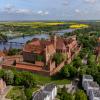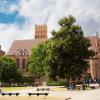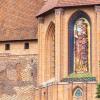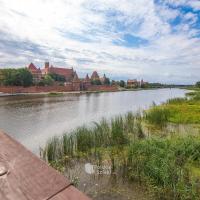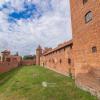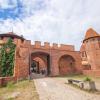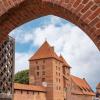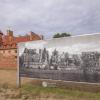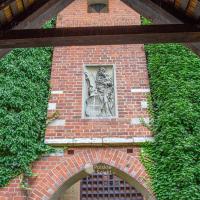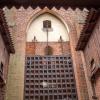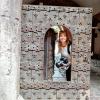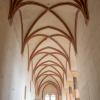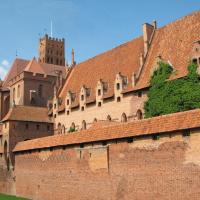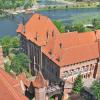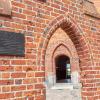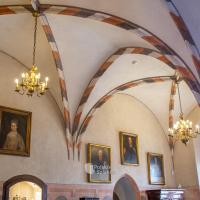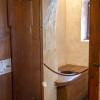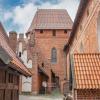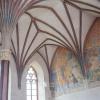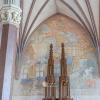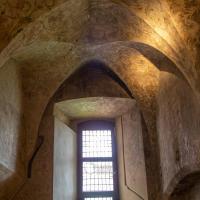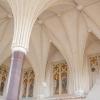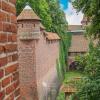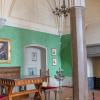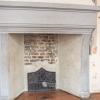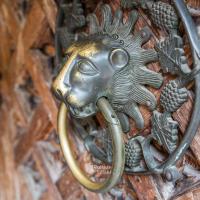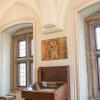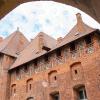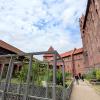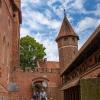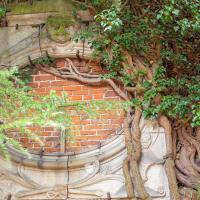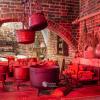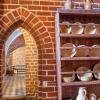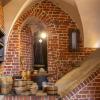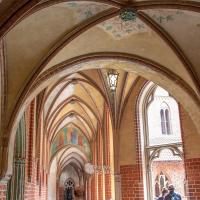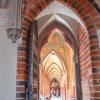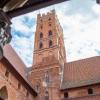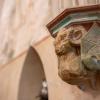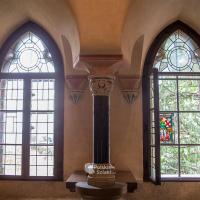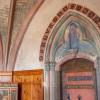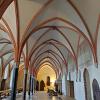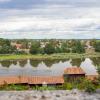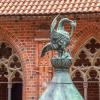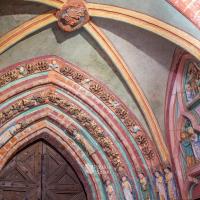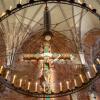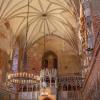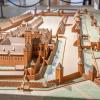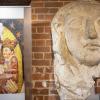Malbork Castle. The largest Gothic castle in the world
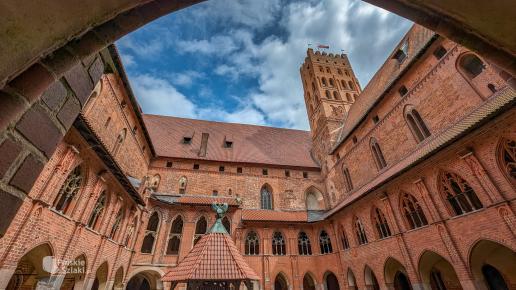
Malbork Castle is the greatest reminder of the Teutonic Order left in our lands. It is the largest brick fortress in Europe and even in the whole world. It was built in the Gothic style, from mud, or more precisely, from bricks, which are made from clay. It is now more than 700 years old, as construction began around 1280. It lasted until the 15th century.
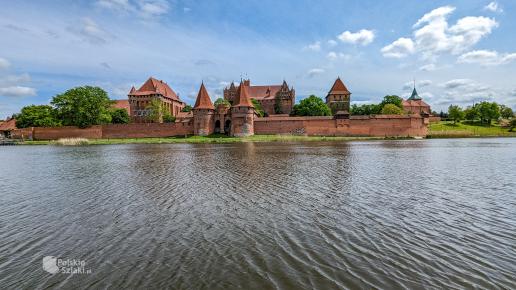
Important for you
- I recommend the Historic Tour with the interiors, as they are stunning
- You need about 3 hours for the tour
- 2.5 h with an audio guide, 3.5 h with a tour guide
- You can buy tickets online to avoid the queues
- The stronghold looks beautiful from the other shore, it is worth walking along St. Adalbert's Bridge and eating at Tavern U Flisaka, with a wonderful view
- I also highly recommend a cruise on the Nogat River. The harbor is located under the main entrance, it's a cool adventure and a chance to admire the fortress from the surface of the water
- You can findcheap municipalparking at the Pilsudski Gate, on Pilsudski Street (close to the castle)
- The site is included in the prestigious UNESCO World Heritage List
- The fortress lies on the Route of Gothic Castles
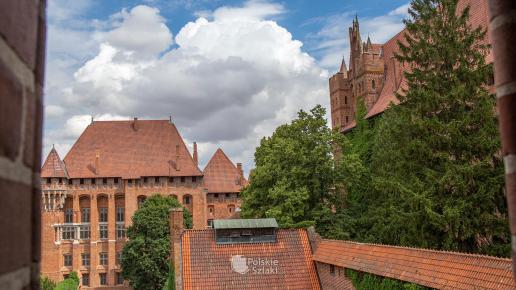
Mary's Castle
Marienburg, or Mary's Castle, as this was the German name for Malbork, became the main seat of the Teutonic Knights and the beginning of the monastic state. It was the most exclusive residence in Europe at the time. It consisted of 3 massive complexes: the Low Castle (Pre-Castle), the Middle Castle and the High Castle. In total, it occupied more than 21 hectares, and the whole was surrounded by defensive walls with a length of, bagatelle, more than 5 km!
To this day the building makes a colossal impression, and what kind of impression must it have had on medieval people? It's hard to even imagine. And in the middle of these great walls, erected with great grandeur, even at their most flourishing, sat quite a modest crew. The high castle was inhabited by 35-65 brothers, and the residential part was intended for the grand master of the order and 3-4 people accompanying him.
And how was it that such a small crew dominated the area for itself? Well, the whole ideology was based on the Christian faith, and this ideology said that all power comes from God and against His will one must not act. It was also easy for the Teutonic Knights to get all the donations and property of their subjects. And although the Order is associated with poverty, this was by no means evident in Malbork. Here everything was done with a flair and quality hitherto unknown in the Middle Ages.
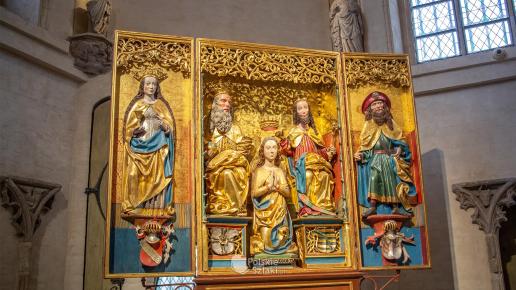
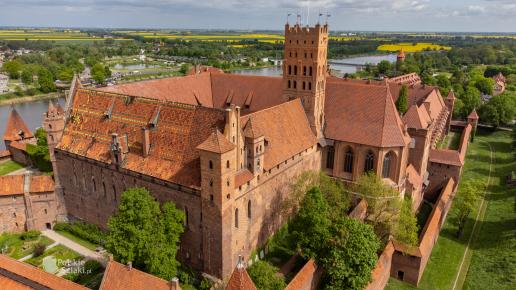
Malbork Castle Museum or a tour of the castle
The Teutonic complex is located on the right bank of the Nogat River, but it is worth crossing the river to admire the magnificent panorama from the opposite bank. A wooden bridge crossing the river almost at the main entrance to the fortress serves this purpose.
In its buildings, the fortress consists of the Middle, High and Low Castles, as well as the castle and inner courtyard. The entire area covers more than 21 hectares. It is an interesting experience to visit such a huge and old castle, with an extremely interesting history and mysterious nooks and crannies.
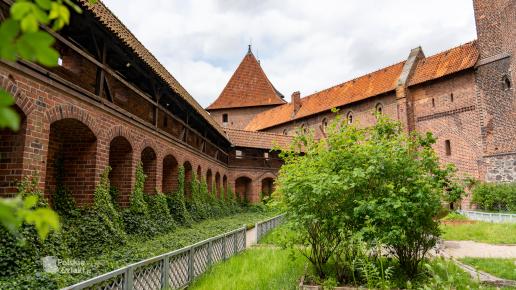
Tour routes: Historical and Green
Tours are conducted via the Historical Route and the Green Route. The Historical Route is a combination of the Green Route and the most representative interiors of the fortress. On it you will see, among other things: in the Middle Castle, among others, the Grand Refectory and the first floor of the Palace of the Grand Masters. These are true masterpieces of Gothic architecture .
After crossing the bridge over the so-called dry moat, you will enter the seat of the main Teutonic convent in Prussia and Pomerania. Here you can access the picturesque terraces with St. Anne's Chapel - the burial chapel of the Grand Masters of the Teutonic Order, the main courtyard , the cloisters and the so-called Chapter House. Very impressive is the Church of the Blessed Virgin Mary, which until recently remained in a very poor condition. Today it impresses with its architecture and symbolism. It is worth entering here for a long while. In this part you will also see the dark interior of the sanitary and defense tower, the so-called Gdanisko. These are all elements of the High Castle.
It is interesting to note that the ground floor of the castle contains Vytautas' cell. Vytautas himself, a cousin of King Wladyslaw Jagiello, is said not to have been held there. But Lithuanian Prince Kiejstut, uncle of King Wladyslaw Jagiello,was imprisoned here . At one time this prison was open to everyone, but after innocent people were locked up too often, the entrance was permanently closed. Worth the trouble, however, is the climb to the castle tower - the view from there is breathtaking! We hit the renovation, but the drone showed us similar panoramas.
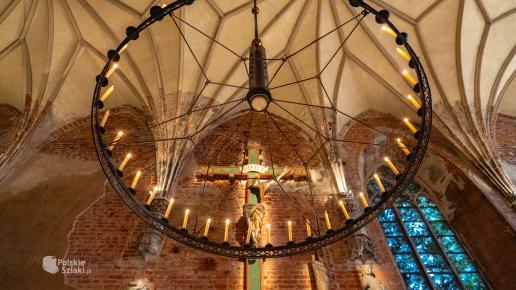
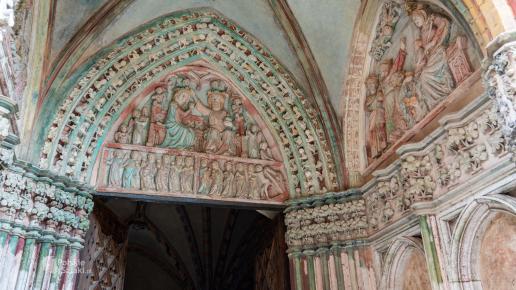
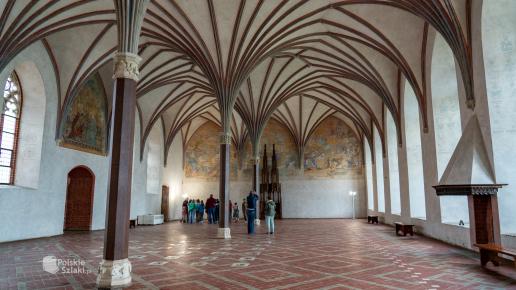
Practical information
The fortress is visited with either a guide or an audio guide, and the tour time is about 3 hours (3.5 hours with a guide and about 2.5, with an audio guide). The museum makes an effort to make the facility accessible to people with disabilities, but unfortunately not all passages can be prepared in this way. There are, however, elevators and special toilets. Parents of small children can leave the stroller in a specially prepared place (you can ask about it when showing the tickets). Tickets can be purchased in advance online. Night tours of the fortress are also possible!
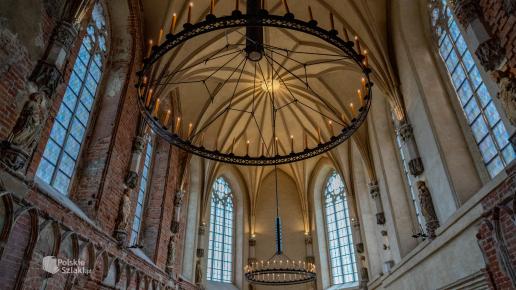
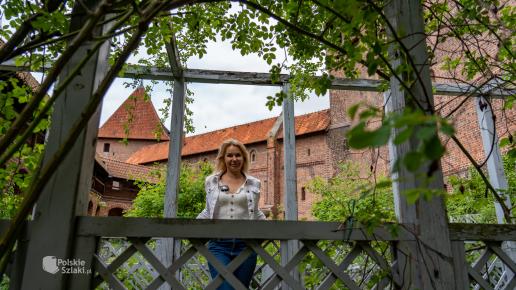
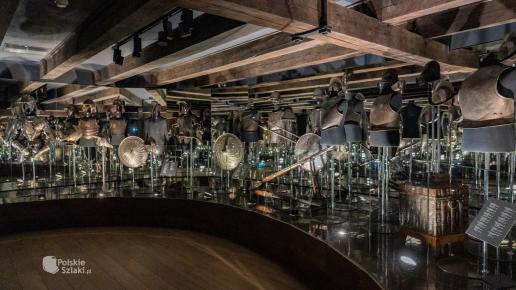
Malbork Castle - interesting facts from the most
- thelargest brick castle in the world - a fortress so fortified that it was never conquered militarily, the inhabitants could survive 3 years without any supplies, and 4 bridges thrown over the water led to the monastery part
- thelargest eaves in the world - the most distinguished food of the medieval era came out of the kitchen, important heads of Europe at the time confirmed it, King Casimir the Great also tasted it, which was immortalized by the chronicler, writing "This king was taken by the great master with reverence. Never before in the country was it so"
- thelargest sculpture of medieval Europe - the Madonna of Malbork is more than 8 meters high, has been restored by modern restorers, covered with a mosaic containing real gold can be seen on the castle walls of the chapel, from under the ticket office building. Interestingly, the glass cubes were imported from Venice, and the gold elements from Gdansk.
- the largest number of latrines in the fortress in the Middle Ages, even the cooks had their own basin, and as toilet paper they often used cabbage leaves, which also had medicinal effects, such as anti-inflammation
- the largest number of wells in the castle in the Middle Ages. Interestingly, the fortress also had access to running water
- the oldest underfloor heating in these lands - the large stones in the basement were heated in hearths and acted as accumulation stoves. The heat escaped into the halls through special openings in the floors. During the tour you will see this curiosity
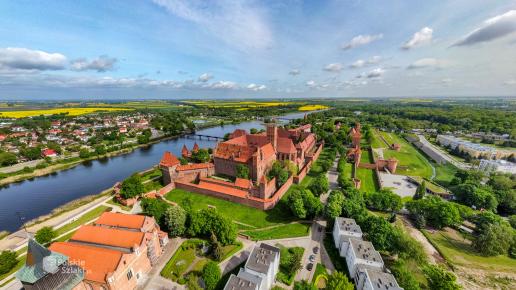
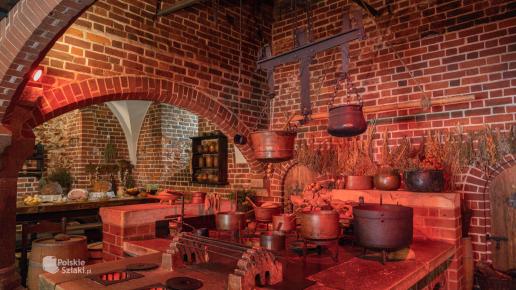
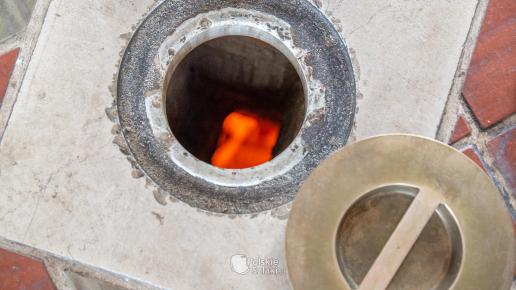
Malbork Castle on the Unesco list
The building is so unique and magnificent that it was already inscribed on the Unesco World Heritage List in the previous century, more precisely in 1997. It is the most popular castle in Poland, very much visited by tourists, including those from abroad. It is worth being here and getting to know this pearl of Gothic architecture. The most difficult time for the fortress in Malbork was the actions of World War II. That's when massive damage was done. After the establishment of the museum, the fortress was rebuilt. In fact, restoration and reconstruction work continues to this day, with the help of Norwegian grants.
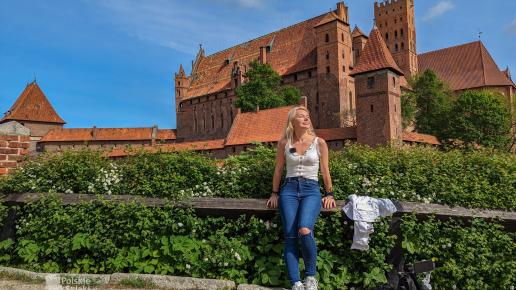
Light and Sound Spectacle
The Light and Sound spectacle, which takes place here during the tourist season, is extremely impressive. The sounds of weapons, the neighing of horses and the interesting tales of a voiceover are played out in the enveloping darkness of the beautifully lit facility. The whole thing lasts about 50 minutes.
The Siege of Malbork
Since 2000, the Malbork fortress has hosted one of the largest historical outdoor events in Europe. Every year in the second half of July, hosts of knights from various Polish and foreign brotherhoods set out to besiege the fortress, as they did during the reign of King Jagiello 600 years ago. This is a great opportunity to learn more about the site and its history.
See our ranking: the most beautiful castles in Poland. Top 15
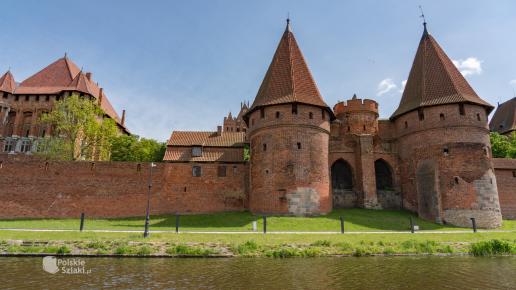
History of the Teutonic castle in Malbork
Teutonic times
Construction began back in the 13th century, or more precisely around 1280. A significant year for this fortress turned out to be 1309, when the Grand Master of the Order Siegfried von Feuchtwangen moved his office from Venice to Malbork, and thus Marienburg became the capital of the monastic state. One of the most powerful states on the southern coast of the Baltic Sea . This took place on September 14 of that year. They quickly set about expanding the fortress to make it worthy of its role.
This expansion took nearly 40 years and transformed the convent house into a heavily fortified High Castle, surrounded by deep moats and several rings of defensive walls. The former bailey became a spacious and comfortable Middle Castle, which hosted knights from Western Europe. At the time it was the most exclusive residence on the continent. It housed, in addition to the residential buildings, the Grand Refectory, the Infirmary for elderly and sick brothers and the Palace of the Grand Masters. At the turn of the 14th and 15th centuries, the third part of the fortress was built - the Low Castle , henceforth called the Pre-Castle, consisting of, among other things, a large armory, a granary on the bank of the Nogat River and a number of outbuildings. The whole was guarded by moats and defensive walls with numerous towers, connected with the fortifications of the city of Malbork.
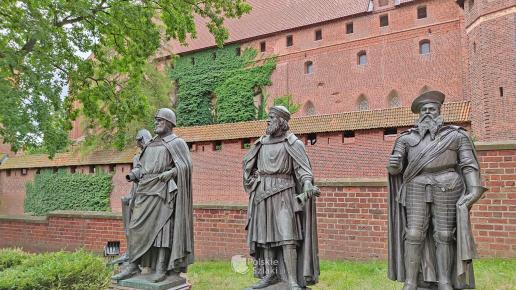
Polish times
During the Thirteen Years' War, in June 1457, Polish King Casimir Jagiellon entered Malbork and the so-called "Polish times" began for 315 years. During this time, the functions of the various parts of the fortress changed. Z. Wysoki ceased to be a monastery and became the economic base of the fortress. The military crew and clerical staff lived in Z. Middle, and the pre-castle became strictly military. Unfortunately, the previously well-kept stronghold declined in Polish times, as there were not enough funds to maintain such a huge establishment. Interestingly, the Swedish deluge did not cause major damage to the main stronghold, but it was caused by an accidental fire on the roofs of Z. Wysoki in May 1644, when the Gothic cloisters, among others, were destroyed. The roof over the church was rebuilt first, but the remaining fragments waited a long time to be repaired, resulting in the collapse of the vaults in the Chapter House in 1675. It wasn't until King August II in the mid-18th century that new roofs were ordered on the Z. High, while the main tower was topped with a helmet with a lantern. In 1756-67 an extensive Jesuit college was built on the site of the former Klesza Tower.
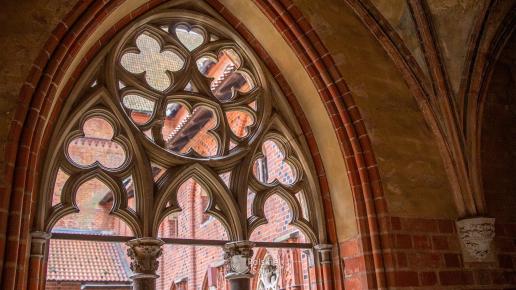
Prussian times - demolition and reconstruction
In September 1772, Malbork was occupied by the Prussian army, which was quartered on Z. High. It was a time of considerable destruction for the castle. In order to enlarge the barracks, the cloisters were bricked up and the gate in the south wing was forged, the Refectory was used as a horse drill hall - the portal was enlarged, the ceramic floor was torn up and some of the windows were bricked up. Part of the foundation was decided to be demolished, the medieval window openings were bricked up, and by order of King Friedrich Wilhelm III in Z. High was created military warehouses. This was met with protests, an article by Königsberg student Max von Schenkendorf, which appeared in a Berlin newspaper in 1803, became important. In it, the author protested against the demolition of the valuable monument, which actually contributed to stopping further demolition.
In 1816, the Malbork Castle Reconstruction Board was established to rebuild the fortress in accordance with the spirit of history. Much work was done, but much of it was controversial among art historians of the time. Alexander Ferdinand von Quast, Prussia's first conservator of historical monuments since 1848, spoke unfavorably of them. He soon took charge of the restoration. On his initiative, among other things, the slipping western wall of the Refectory was secured with iron anchors, and the missing mosaic statue of Mary and Child on the eastern elevation of the church was filled in. In 1881, the Prussian government decided to begin rebuilding this church. The work was directed by the young talented architect Konrad Emmanuel Steinbrecht, who was guided by the principle: no step other than in the historical spirit. During this time, Wilhelm II Hohenzollern visited here many times. By 1900, essential work was completed on the Z. High, when the most important interiors were rebuilt. Work on the Middle Castle continued until 1918.
In 1922, after 40 years of work in Malbork, Konrad Steinbrecht retired and was succeeded by Bernhard Schmid , a conservator of historic buildings in West Prussia, under whose supervision the castle received its final shape. The building, equipped with a number of pieces of furniture, became a museum in the interwar period.
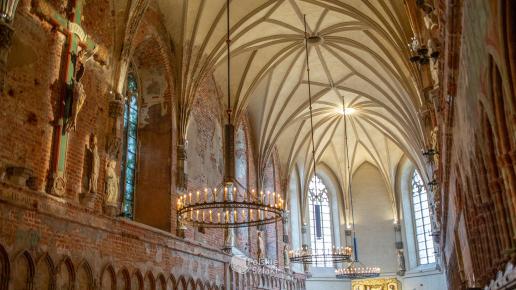
World War II
In 1933, the flag of the Third Reich was hung on the tower, and the building became a frequent meeting place for Nazis. on September 1, 1939, in the Refectory, Gauleiter Forster announced the return to Germany of the areas on the left bank of the lower Vistula River. Copies of Teutonic banners from the Wawel Castle in Cracow were brought here. Later, young people joining the Hitlerjugend and soldiers going to the Eastern Front took their vows in this hall. In 1941, the building was secured against the effects of bombing raids. Unfortunately, the castle, as well as all of Malbork, suffered badly in 1945. As a result of heavy fighting with units of the 2nd Russian Strike Army, nearly 80 percent of the Old Town's buildings were destroyed. The eastern parts of the fortress were severely damaged - the chancel of the church with the mosaic statue of Mary and the Child, the main tower, the east wing of the Z. Medium and the buildings of the Forecourt. on March 8, retreating German troops blew up bridges over the Nogat River.
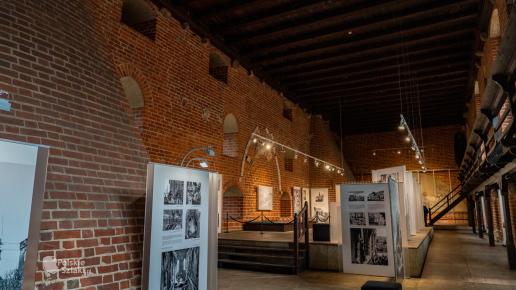
Postwar years and the Museum
In the late 1940s, the remains of Malbork's buildings were demolished, while the ruined fortress was taken over by the Museum of the Polish Army in Warsaw. Security work was begun. After the area was demined, the gates and roofs were repaired. For the next ten years, the castle was looked after by the Polish Tourist Society. Increased tourist traffic led to the decision to undertake further renovation work. In the late 1950s, the Social Committee for Rebuilding the Castle began to take care of the monument, which not only wanted to renovate the castle, but also to make it available to tourists in the form of a museum.
This is how the Castle Museum was established in 1961, which not only deals with the current tourist traffic, but also with further reconstruction, development and maintenance of the building. In addition, scientific activities are conducted here in the field of archaeology of Lower Powisle and the history of art and culture of Royal Prussia. Initially, the museum had only preserved architectural details and few exhibits of medieval sculpture and pseudo-Gothic furniture from the late 19th century. Today, the total number of museum pieces here is more than 40,000. These are valuable collections, including one of the largest collections of medieval architectural elements in Europe, a collection of artistic amber products unique in the world, a striking set of ancient weapons and armaments, or a rich collection of numismatic coins referring to the local historical mints. Every year the Malbork Castle museum is visited by more than half a million tourists from all over the world.
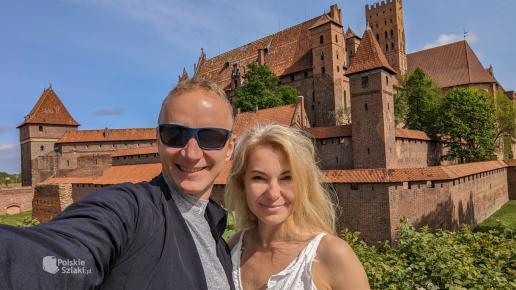
Malbork Castle on film
Such a magnificent object must have been, and indeed still is, an object of desire for filmmakers. Over the past decades, many times the castle has been used as a setting for films and TV series. Thus, the famous "Teutonic Knights" were filmed here in 1961, and a year later filmmakers showed up to shoot "Mr. Samochodzik and the Knights Templar." It was then that a myth emerged that functions to this day, that there is a trapdoor in the castle to dispose of people in mysterious circumstances. The castle also appeared in scenes of "Queen Bona," "King Olch," "Mr. Twardowski" or in the film "The visor and hoods." More recent productions filmed at the local castle include"The Witcher," the famous "The Crown of Kings " and the American film "Habit and Armor." See also our video about the largest Gothic castle complex in the world.
Teutonic Order - interesting facts
- The full name is the Order of the Hospital of the Blessed Virgin Mary of the German House in Jerusalem
- It was established as a brotherhood of Hospitallers in Acre, during the Third Crusade to the Holy Land in 1190, at that time they took care of sick and wounded pilgrims
- It was a knightly order, composed of knight monks and took part in the Crusades, and was one of the three largest such congregations next to the Knights Templar and the Knights of St. John, which were formed in the wave of crusades in the 11th and 12th centuries
- At the head was the Grand Master, in 1209 he became the intelligent and cunning Hermann von Salza, who reigned in this office for 30 years and who planned the capture of Gdansk Pomerania
- Around 1229 the Teutonic Knights began the conquest of the Prussians in the Chelmno Land, with the approval of the Mazovian prince Konrad
- In 1309, the seat of the master was moved to a new fortress in Malbork, built with great panache in 1275-1300. The grand master at the time was Siegfried von Feuchtwangen. From then on, the Teutonic Knights strongly threatened the Crown, were well organized, determined and willing to accept money from the faithful, hiding behind faith and penance
- on July 15, 1410, the famous Battle of Grunwald took place, which proved to be a devastating defeat for the brotherhood. The Grand Master at the time was Ulrich von Jungingen (1407-1410), and the events are recounted in the book "Teutonic Knights" and the film of the same title based on it.
- Thus began the slow decline of the monastic state, which was sealed by the 13-year war that began in 1454. The Grand Master became a fief of the King of Poland, and the capital of the monastic state was moved to Königsberg.
- In 1521, Grand Master Albrecht Hohenzollern converted to Protestantism, and in 1525, at the main square in Krakow, he paid a fief homage to the King of Poland
- After the secularization of the brotherhood, the headquarters was located in Bad Mergentheim, Württemberg, and since the early 19th century it has been located in Vienna. Then the knightly order was transformed into a hospital brotherhood, in accordance with the idea of its founders from the late 12th century. Since 2000, the office of grand master has been held in Vienna by Bruno Plater
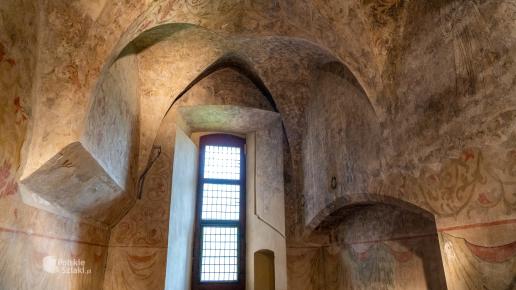
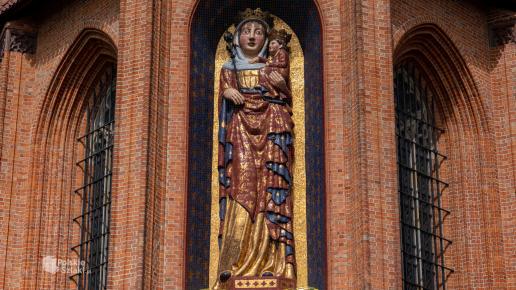
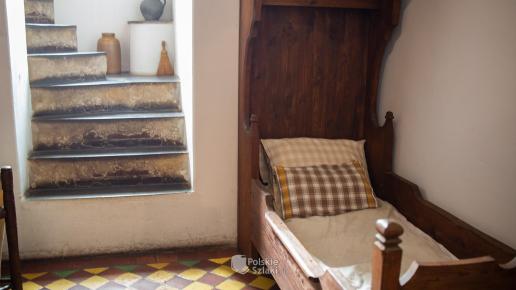
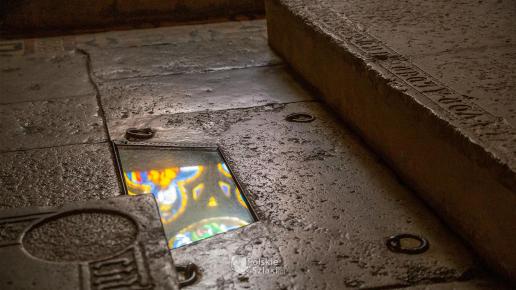
Practical information
V-X daily 9.00 am - 8.00 pm
XI-IV daily 9.00-16.00
In season
Historical route Tue-Sun 9am-7pm (last entry at 5pm)
Green route Mon-Sat 9am-8pm, Tue-Sat 5:15pm-8pm (last entry at 7pm). Tour of part of the Pre-Castle, gate passages, courtyards of Z. Middle and High, St. Anne's chapel, terraces including the garden of the grand masters, moat and inter-museum.
The ticket offices are located in the glass building opposite the castle
Tickets Historical route: normal 70 zlotys
Discount with the Large Family Card
Tickets Green route: normal 30 zlotys
Discount with Large Family Card
Tickets can be purchased online: https://zamek.malbork.pl/bilety
Please note that Monday is the day of free visits to the Castle Museum in Malbork. on this day only the Green Route is available and the audio guide fee applies
The tour of the Castle lasts about 3 h and takes place with an audio guide or tour guide
It is possible to pay by credit card on the castle grounds
The castle offers stroller storage for children
It is not possible to take pets to the Castle, but there is a place where you can store your pet during the season, you must have a valid vaccination booklet with you
Night tours are possible from 15 VI - 15 IX (Wednesday, Thursday and Friday)
Parking: the castle does not have any parking, you can find paid municipal or private parking lots in the area
Convenient parking lots can be found near Walowa Street, on the other side of the Nogat River, from where you can take a pleasant walk with a wonderful view of the castle via a bridge to the castle itself. Cheap municipal parking can be found at the Pilsudski Gate on Pilsudski Street.
Malbork Castle-Museum
Starostynska 1, Malbork
tel. 55/ 647-09-78
www.zamek.malbork.pl
